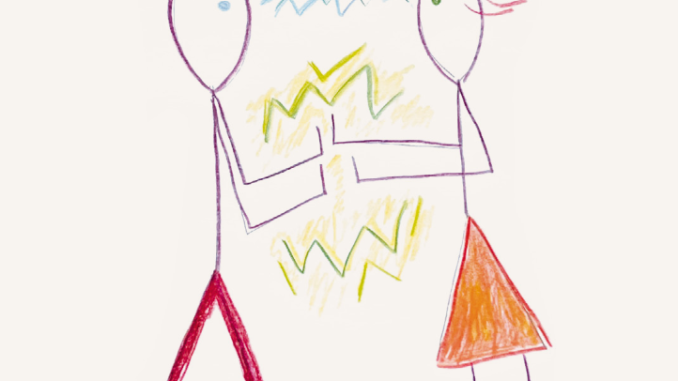
Dr Melissa Glackin works as a reader in science and environmental education in the School of Education, Communication & Society, King’s College London. She leads the STEM Education MA and the Environment, Sustainability and the Role of Education module. With Shirin Hine and Sophie Perry she has published Heartwood, two volumes of heartfelt personal reflections aimed at engaging colleagues, friends, family, and neighbours in important academic thinking on environmental education in an accessible and inspiring way.
Learning about the environmental crisis brings emotional and physical responses of anger, fear, love and ambivalence. In Heartwood, Melissa writes about trialling activities that support this embodied cognition, “an approach to support the necessity of not just learning about the crisis, but also to experience the knowledge in our bodies, allowing for the unison of head, heart and hands to inform our decision-making”. She builds the activities on the steps Joanna Macy sets out in ‘The work that reconnects’ and develops in ‘Coming back to life‘. These are gratitude that quietens the mind and stimulates empathy, honouring our pain to become open to collective existence, seeing with new eyes that recognise connectedness between generations and species, and going forth to action in keeping with our contexts.
From the perspective of facilitator, Melissa reflects on two activities. The first is called ‘The Milling‘. Students mingle together, at first hurrying past each other as if commuting, and then through a sequence of attending to each other more and more deeply, including looking directly into each others’ eyes, before sitting down to reflect on the experience. Sticking with discomfort is an important part of this one. The second activity is called ‘Widening Circles and Voices‘. In small groups, students first introduce an issue that concerns them and then consider it by adopting three further perspectives: somebody who disagrees with them, a non-human affected by the issue and a future human affected by the decisions made today. The different perspectives are sensitising, challenging of hierarchies, and sometimes joyful.
You can read Melissa’s full descriptions of these two activities and her reflections as an educator in Heartwood, Volume 2, Chapter 12, p94-101, ‘Feeling the research in our hearts and guts’. They are at a level of detail that enable you to try them yourself.

Leave a Reply